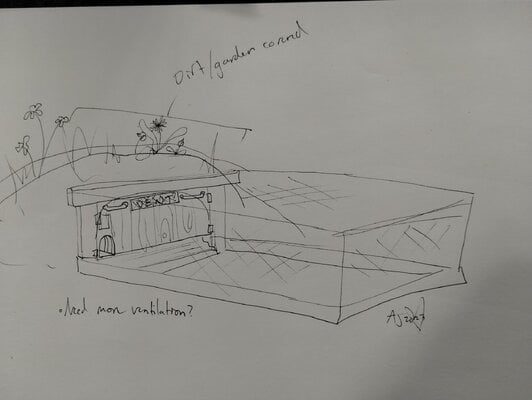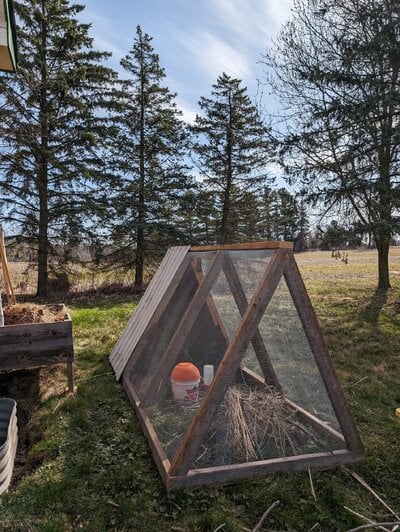Squeeing_Onion
Chirping
- Jun 17, 2023
- 44
- 58
- 64
I have googled this question endlessly and can't find a straight answer: does anyone have experience keeping Coturnix Quail outdoors in a ground pen, in winters that reliably reach -30 F and at least once a winter if not several times in our contest winters, usually hits -50 degrees Fahrenheit?
I have heard that Coturnix Quail can tolerate down to -20 F so long as they have shelter from the wind to be dry and cuddle with their covey mates.
So, i would need to be prepared to house my Quail indoors for at least a few weeks or longer every winter when we are going through our coldest period? (I'm very leery about the idea of putting a heater in the coop-- electric things fail so much more easily in that extreme cold)
I'm not exaggerating the temps, mind. I live in Minnesota, and her winters in many areas can be brutally cold even in the years we don't get much snow. The severe chill usually lasts a few weeks before lightening back up into the negative teens and above, so it's not the entire winter.
Come summer, it flips and we hit 108- 110 degrees F every year during the hottest few weeks.
I have heard that Coturnix Quail can tolerate down to -20 F so long as they have shelter from the wind to be dry and cuddle with their covey mates.
So, i would need to be prepared to house my Quail indoors for at least a few weeks or longer every winter when we are going through our coldest period? (I'm very leery about the idea of putting a heater in the coop-- electric things fail so much more easily in that extreme cold)
I'm not exaggerating the temps, mind. I live in Minnesota, and her winters in many areas can be brutally cold even in the years we don't get much snow. The severe chill usually lasts a few weeks before lightening back up into the negative teens and above, so it's not the entire winter.
Come summer, it flips and we hit 108- 110 degrees F every year during the hottest few weeks.






 .
.